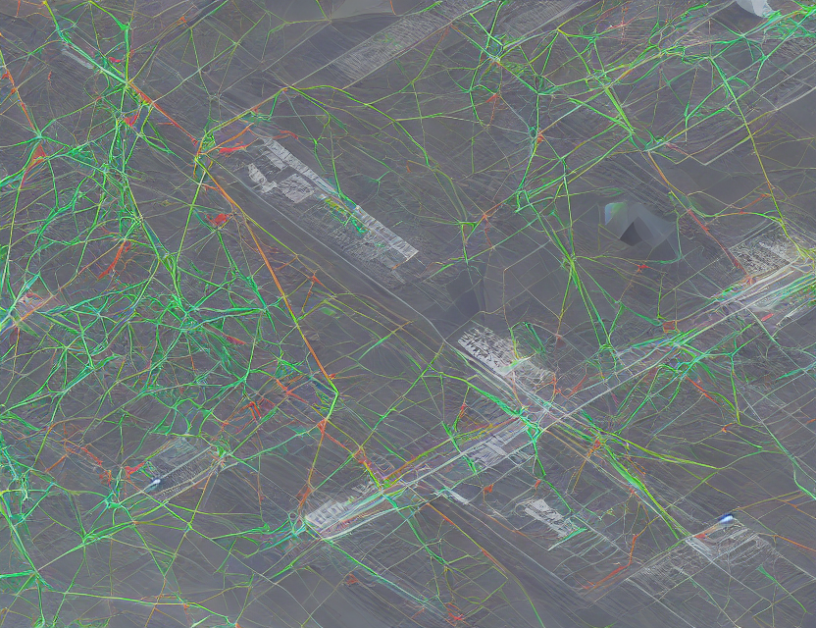In this article, the authors propose a novel approach to autonomous driving called Neat (Neural Attention Fields). Neat is designed to handle complex scenarios with multiple objects in motion, and it utilizes neural attention fields to focus on the most relevant objects. The system uses a deep learning model that combines visual and semantic features to predict the future positions of objects in the scene.
Imagine you’re driving a car on a busy highway with many other cars, trucks, and pedestrians around. It can be challenging to keep track of everyone’s movements and make informed decisions about how to navigate the road safely. This is where Neat comes in – it’s like having a superpower that allows your car to focus on the most important objects in the scene and predict their future movements with uncanny accuracy.
The authors explain that traditional computer vision approaches often struggle to handle complex scenarios, as they rely on simple feature extraction techniques that can’t keep up with the complexity of real-world scenes. Neat addresses this problem by using neural attention fields to selectively focus on the most relevant objects in the scene, rather than trying to process everything equally.
The authors describe how Neat works in detail, including the use of a multi-scale feature pyramid network (FPN) to generate visual and semantic features from each frame of the video input. They also explain how the neural attention fields are learned using a contrastive loss function that encourages the model to focus on the most important objects.
The authors evaluate Neat’s performance on several challenging benchmarks, including the widely used KITTI dataset for autonomous driving. The results show that Neat significantly outperforms existing approaches in terms of accuracy and robustness, especially in complex scenarios with many objects in motion.
Overall, the article provides a comprehensive overview of the Neat approach and its potential to revolutionize autonomous driving technology. By using neural attention fields to selectively focus on the most relevant objects in the scene, Neat can handle complex scenarios more effectively than traditional computer vision approaches, leading to improved safety and efficiency in self-driving cars.
Computer Science, Computer Vision and Pattern Recognition
Neural Attention Fields for End-to-End Autonomous Driving



